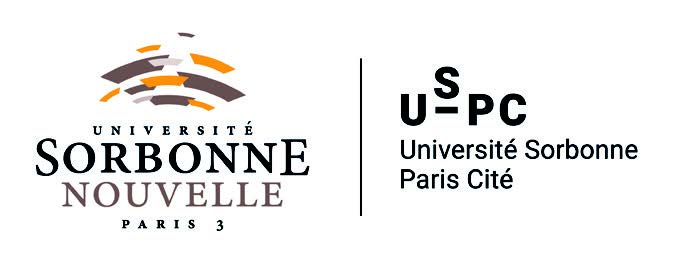Noisy medieval data, from digitized manuscript to stylometric analysis: Evaluating Paul Meyer’s hagiographic hypothesis
Résumé
Stylometric analysis of medieval vernacular texts is still a significant challenge: the importance of scribal variation, be it spelling or more substantial, as well as the variants and errors introduced in the tradition, complicate the task of the would-be stylometrist. Basing the analysis on the study of the copy from a single hand of several texts can partially mitigate these issues (Camps & Cafiero, 2013), but the limited availability of complete diplomatic transcriptions might make this difficult. In this paper, we use a workflow combining handwritten text recognition and stylometric analysis, applied to the case of the hagiographic works contained in MS BnF, fr. 412. We seek to evaluate Paul Meyer's hypothesis about the constitution of groups of hagiographic works, as well as to examine potential authorial groupings in a vastly anonymous corpus.
Origine : Accord explicite pour ce dépôt
licence : CC BY - Paternité
licence : CC BY - Paternité




